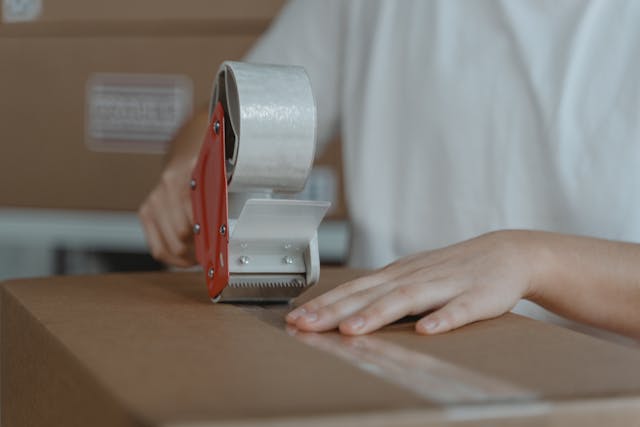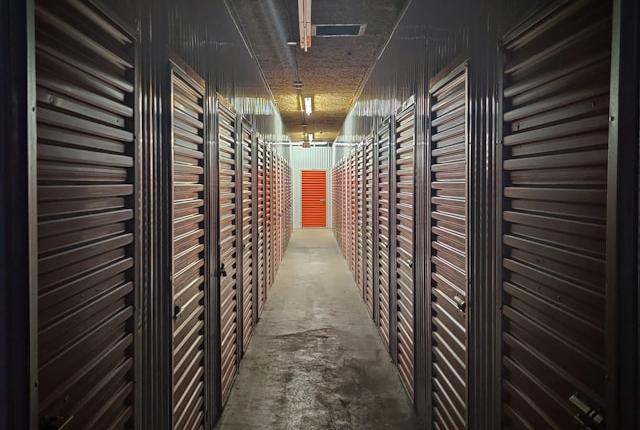
Cost of Living in Montreal – Use This Guide for A Smooth Transition
Cost of living in Montreal – Use This Guide for A Smooth Transition Have some plans on moving? Considering Montreal? You absolutely need to learn about cost of living in Montreal first. Before we dive into the nitty-gritty of Montreal’s cost of living, let’s get into the essentials of living












